The “TRUST” project continues to demonstrate its effectiveness as a vital tool for providing psychological and social support to war victims in Ukraine. Such art therapy sessions enable participants not only to express their feelings, but also to discover new internal resources for living and growth.
On June 17, 2025, at 13:30 in the Centre for Contemporary Art of Poltava Polytechnic (room 302-Ц), a significant art therapy session for internally displaced persons titled “Floral Collage: Rebirth from Recycled Materials” was held within the framework of the large-scale EU-funded Erasmus+ KA220-ADU project “TRUST” – Trauma of refugees in Europe: An approach through art therapy as a solidarity program for Ukraine war victims (Grant No. 2024-BE01-KA220-ADU-000257527).
The project title is decoded as follows:
TRUST
T – Trauma
R – Refugees
U – Ukraine
S – Solidarity
T – Therapy
The project is co-funded by the EU and led by the Centre Neuro Psychiatrique St-Martin from Belgium, in partnership with the National University “Yuri Kondratyuk Poltava Polytechnic” (Ukraine), Greek Carers Network EPIONI (Greece), Fondazione Don Luigi Di Liegro (Italy), Lekama Foundation (Luxembourg), EuroPlural Project (Portugal).
The idea of creating flowers in collage technique using recycled materials was not accidental. Flowers traditionally symbolise life, beauty, growth, hope, and rebirth – all concepts of great importance for people who have experienced trauma and loss. The use of recycled materials, such as old newspapers, magazines, packaging, fabric scraps, and wrappers, added deep symbolism: the transformation of “waste” into something beautiful and new reflects the journey from pain and destruction to recovery and new meaning.
The main goal of this art therapy session was to provide participants with a safe and supportive environment for emotional processing and expression of complex feelings through nonverbal channels, to create visual metaphors for inner growth, strength, and resilience, to foster creativity and improvisation, to restore a sense of control through creative engagement, and to encourage social interaction and strengthen a sense of community.
The workshop began with a warm welcome and a brief introduction, during which the facilitators – Olena Ostrohliad, Senior Lecturer at the Department of Fine Arts, and Olena Kryvenko, a practical psychologist and Assistant at the Department of Psychology and Pedagogy – explained the session's purpose and presented a variety of pre-collected recycled materials.
Participants were invited to immerse themselves in the creative process, without worrying about “artistic perfection”, and to focus instead on feelings and creative expression. Instead of traditional introductory discussions, participants were invited to observe various samples of flowers, both real and illustrated. The facilitators encouraged them to reflect on the emotions and associations evoked by each flower, as well as the colours and shapes they associate with concepts like “hope”, “healing,” and “beauty”. This warm-up activated imagination and prepared the participants for creative flow.
Each participant received a base for the collage (a sheet of paper) and had access to a large assortment of recycled materials, including old clippings, magazine and newspaper scraps, pieces of coloured paper, and more. The facilitators encouraged participants to choose the materials that “resonate” with them, evoke certain feelings or associations. This step often became the first move toward a symbolic rethinking of the past, as participants selected elements that could become part of something new and beautiful from old, seemingly useless things.
The participants began creating their floral compositions by cutting, tearing, glueing, and layering the materials. It was a completely free process, allowing everyone to experiment with form, texture, and colour. For many, the choice of specific materials and colours was an unconscious reflection of their inner state. For example, someone used dull, crumpled paper as a base and then added bright fabric pieces to form petals, symbolising the transition from sadness to hope. The act of destruction (tearing paper, cutting), followed by creation (glueing into new forms), became a therapeutic metaphor for experiencing loss and subsequent recovery – the process of glueing and fixing elements symbolised “putting oneself back together,” restoring wholeness.
Upon completion, participants were invited to share their experiences of the process and discuss their flowers, explaining what they symbolised. This stage was critical as it allowed participants to integrate the creative experience on a conscious level, to verbalise emotions, and to hear each other’s stories. Some shared deeply personal experiences, associating their flowers with family, home, lost hopes, yet always ending with a note of hope and faith in the future.
The art therapy session “Floral Collage: Rebirth from Recycled Materials” had a profoundly positive impact on the participants. Many reported a marked reduction in anxiety and tension. The process of transforming the “unnecessary” into the “beautiful” became a powerful metaphor for personal healing. Participants felt a surge of energy and inspiration, realising their ability to create and influence the world around them, even under challenging circumstances. Through the metaphor of a flower blooming from recycled materials, participants were able to process themes of loss, destruction, and rebirth in a safe and creative manner. Shared creativity and mutual exchange fostered a sense of community, mutual support, and understanding among internally displaced persons.
The use of unconventional materials and the absence of strict “rules” encouraged improvisation – a crucial skill for adapting to new life conditions.
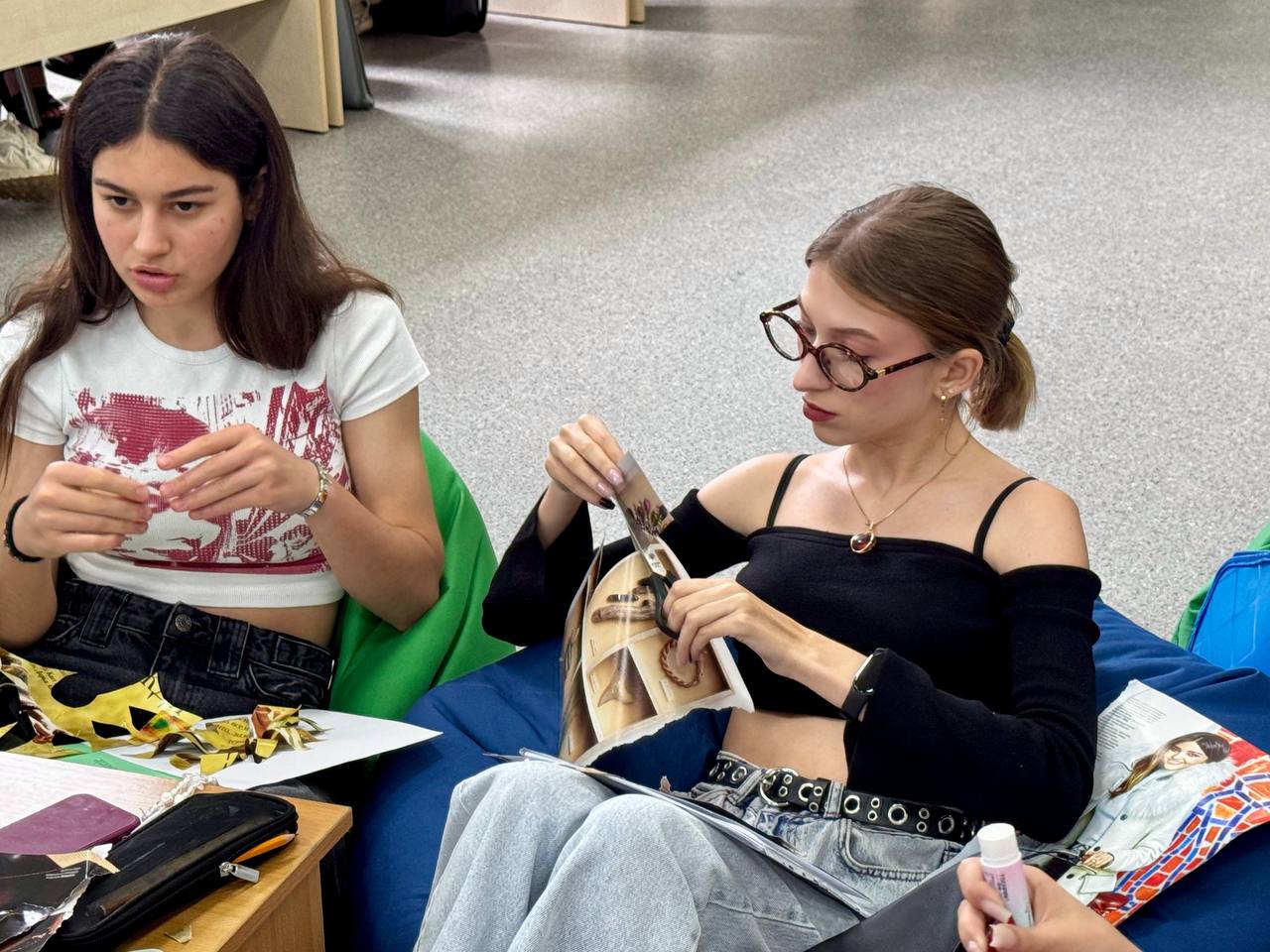
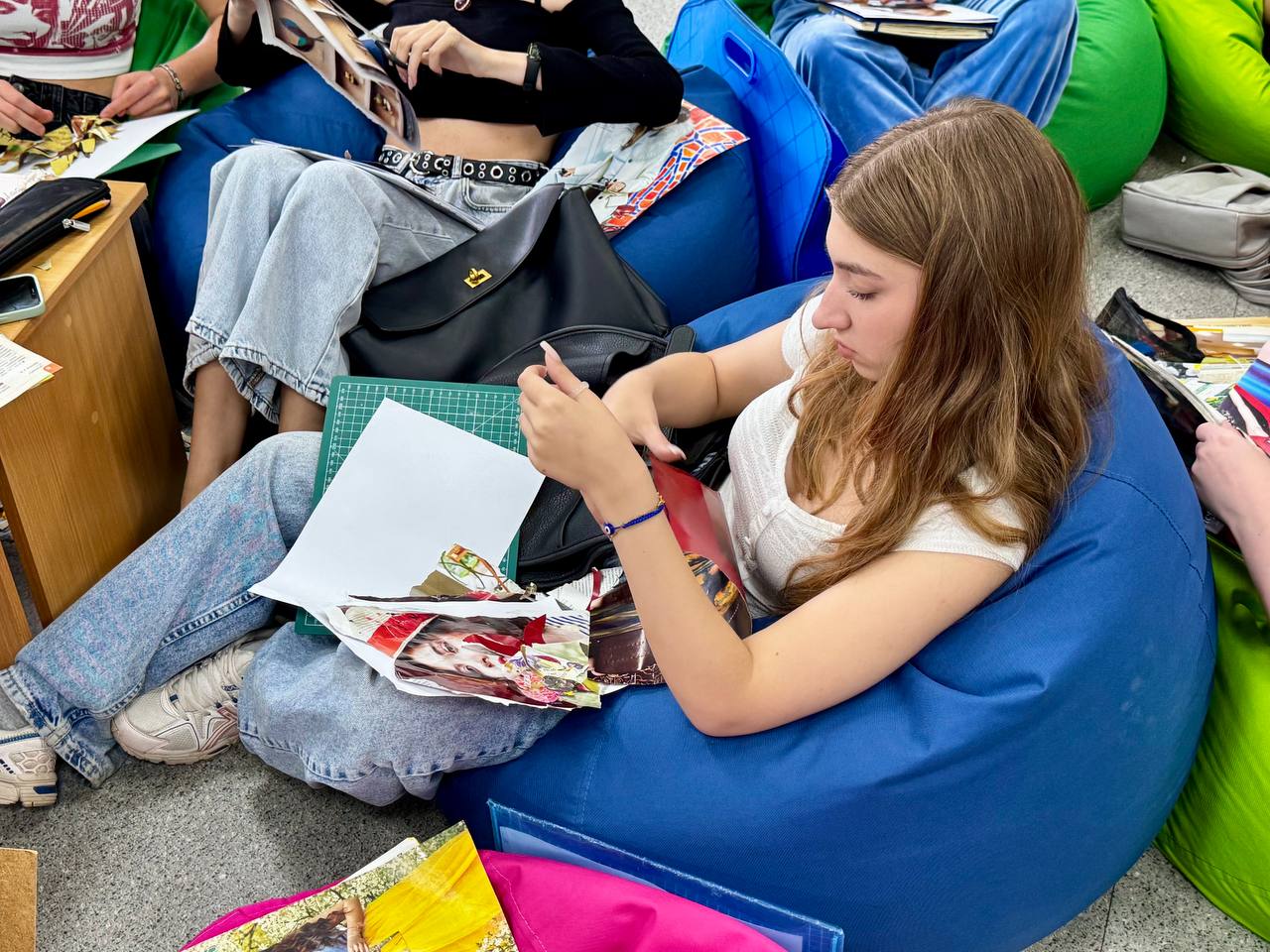
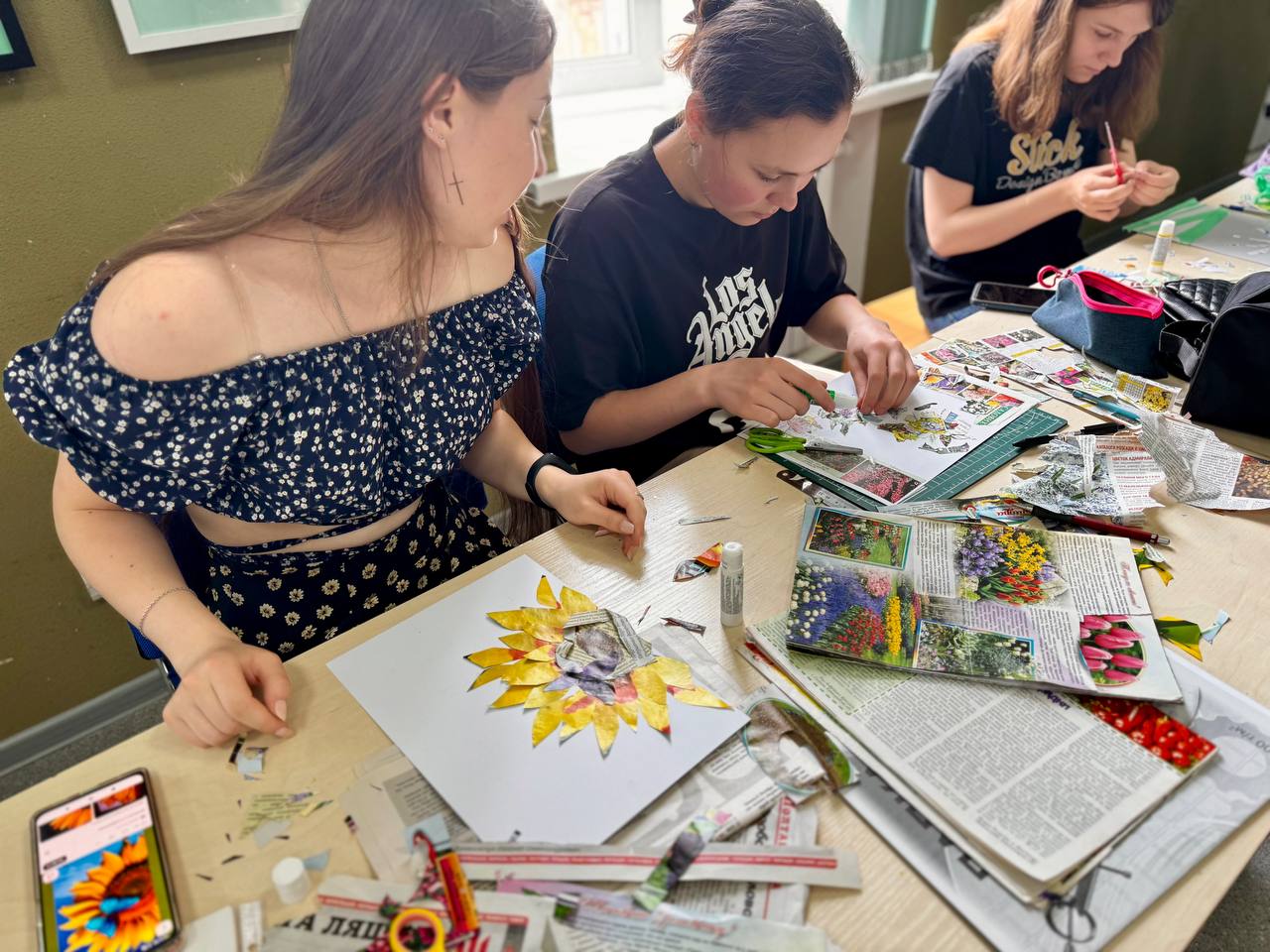

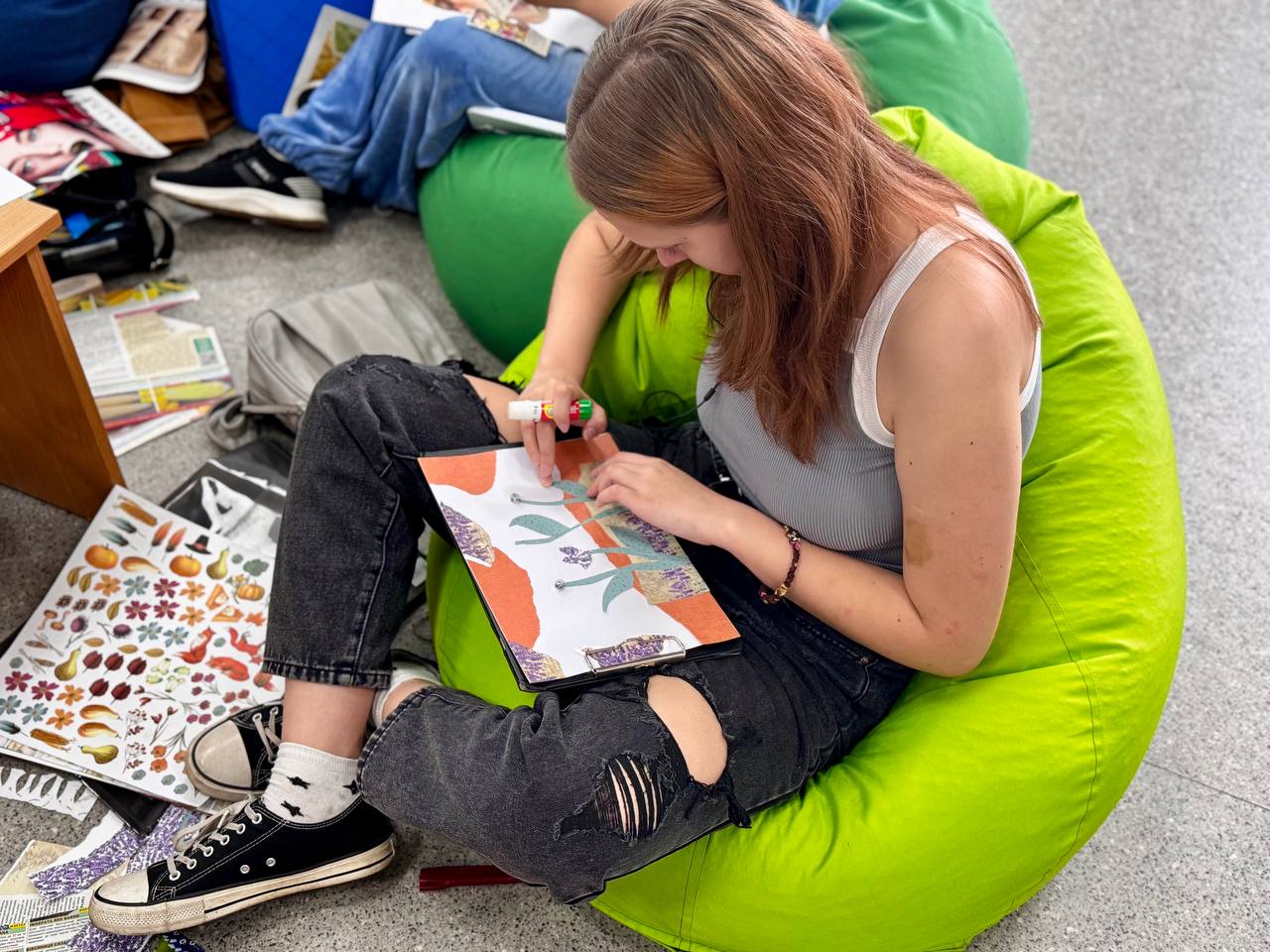

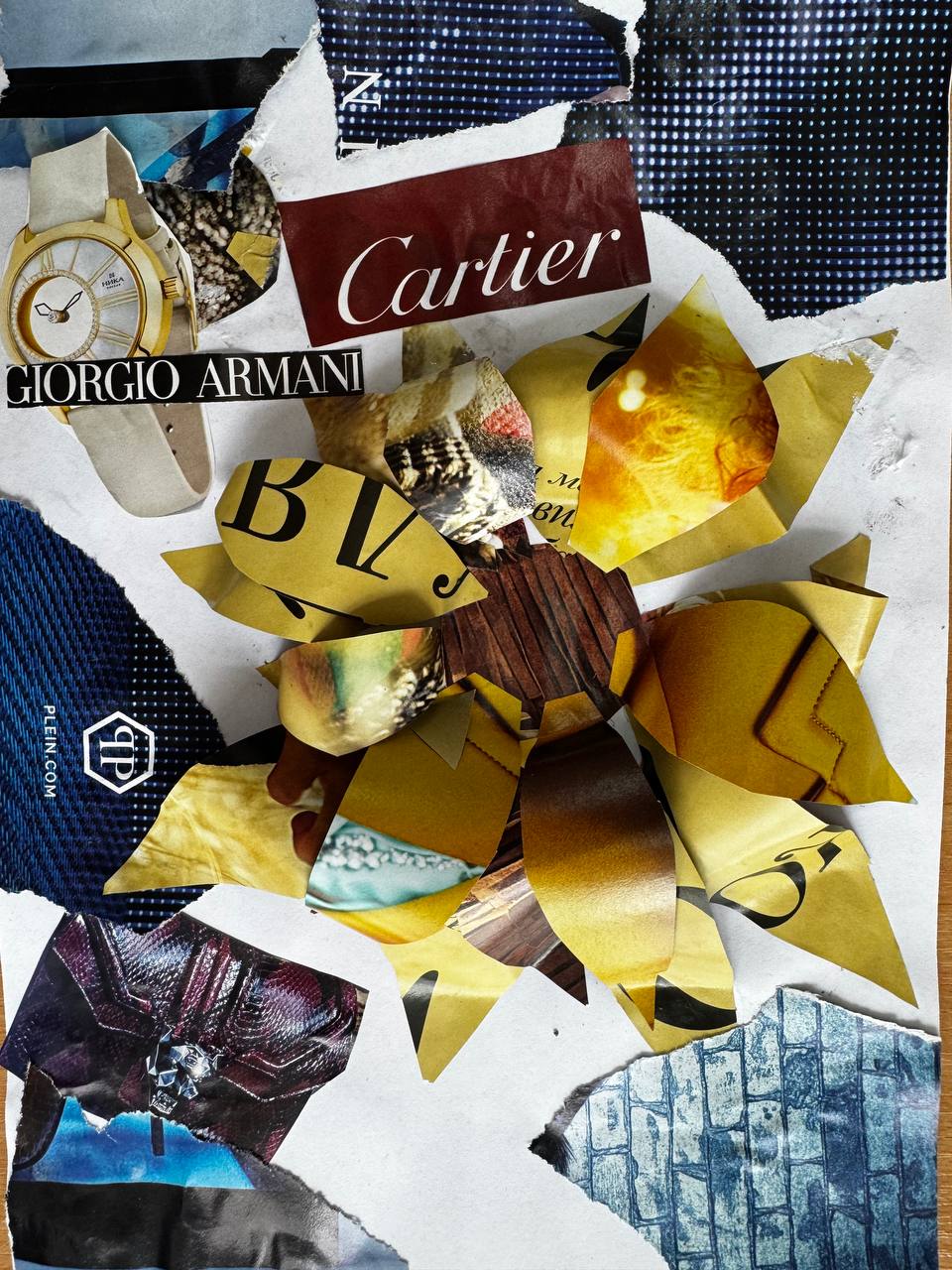
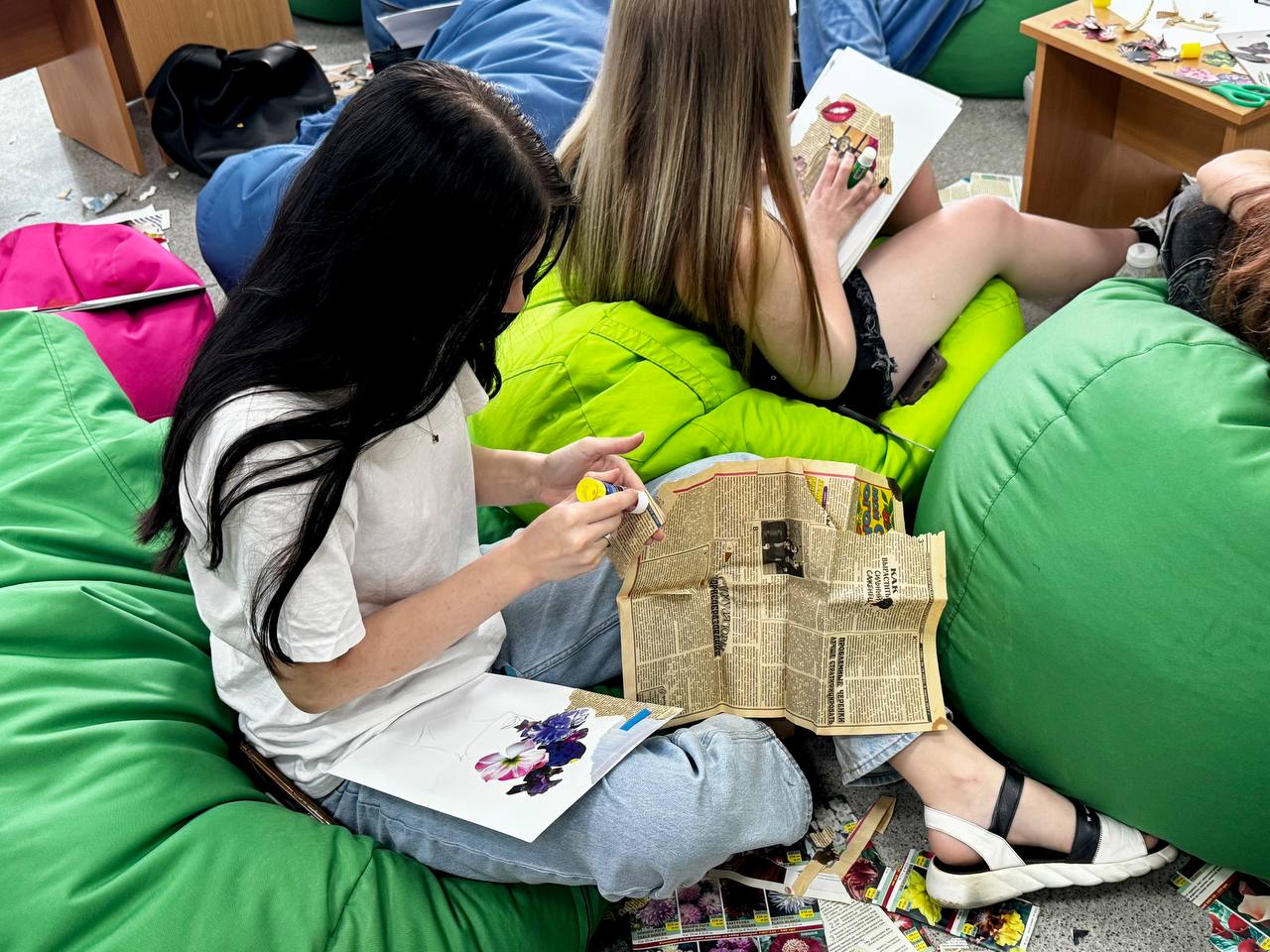
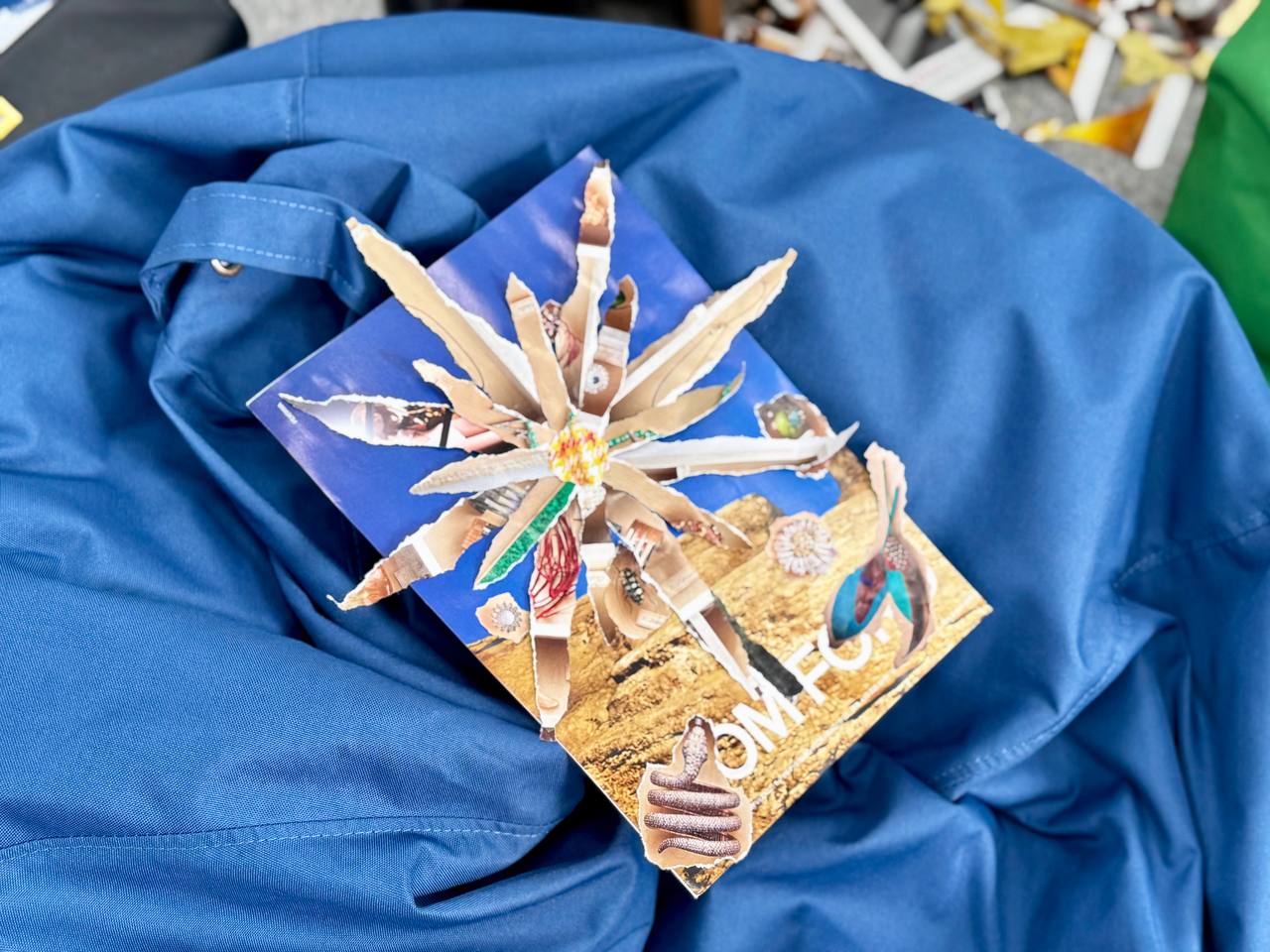

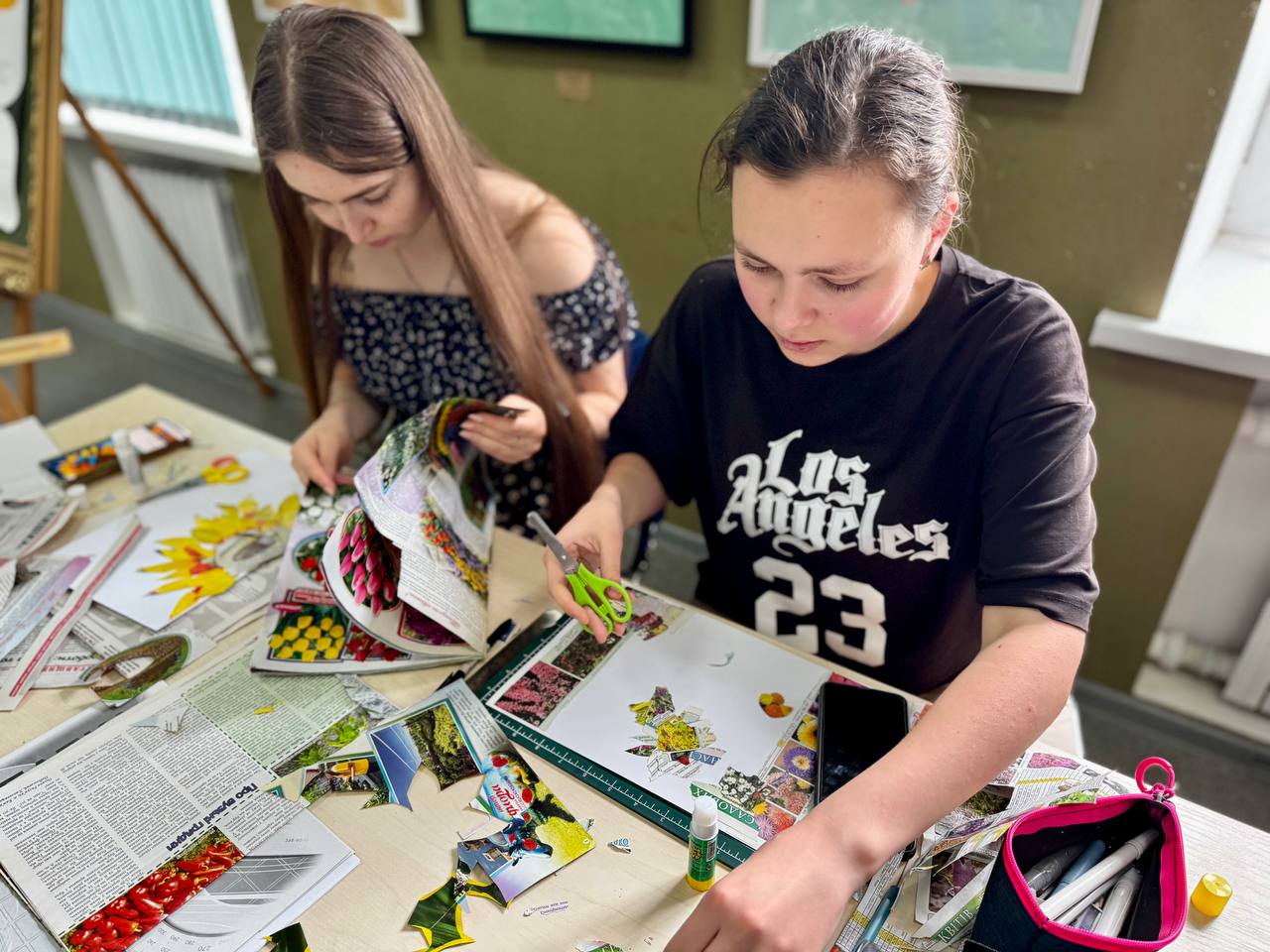
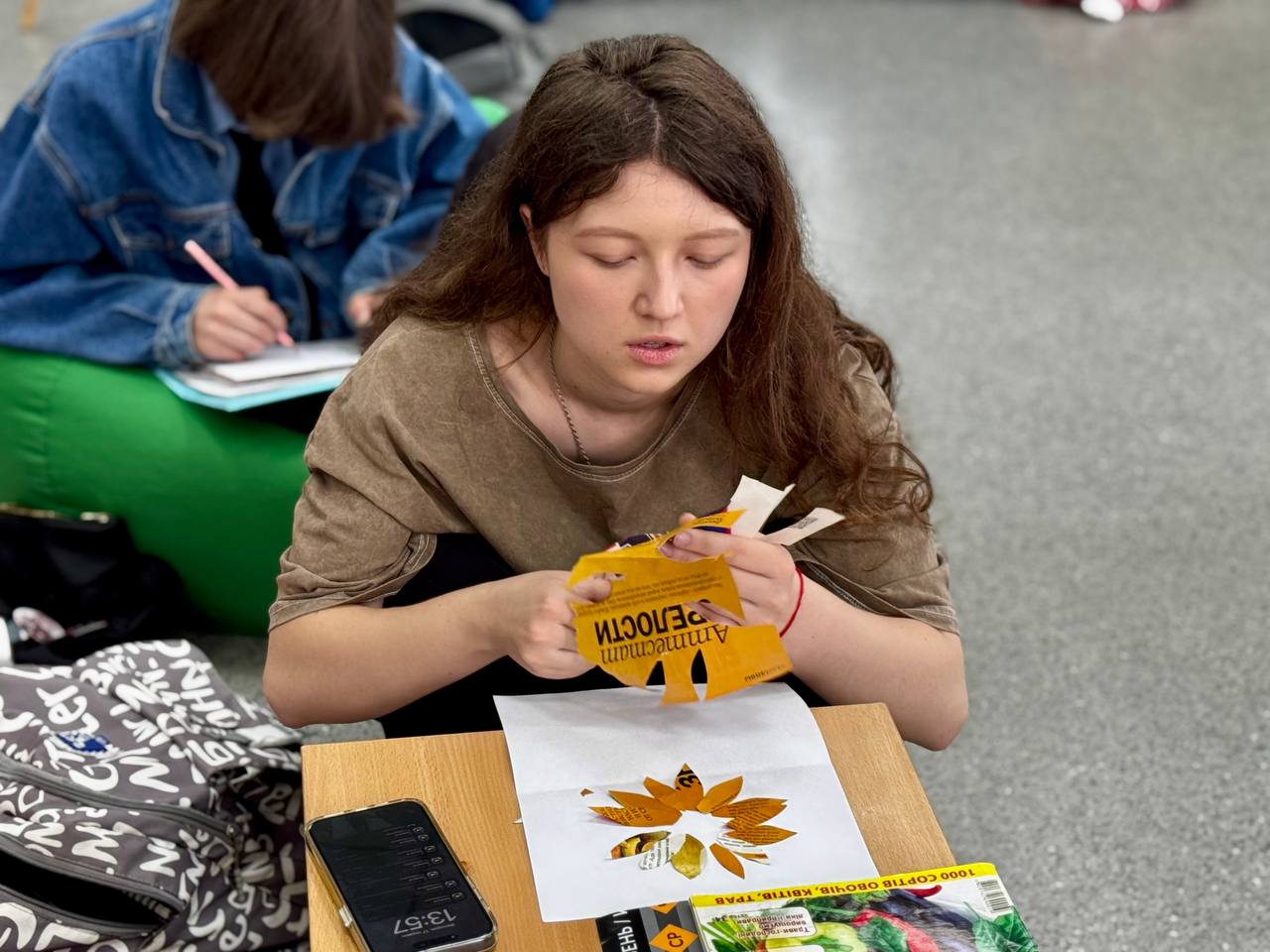


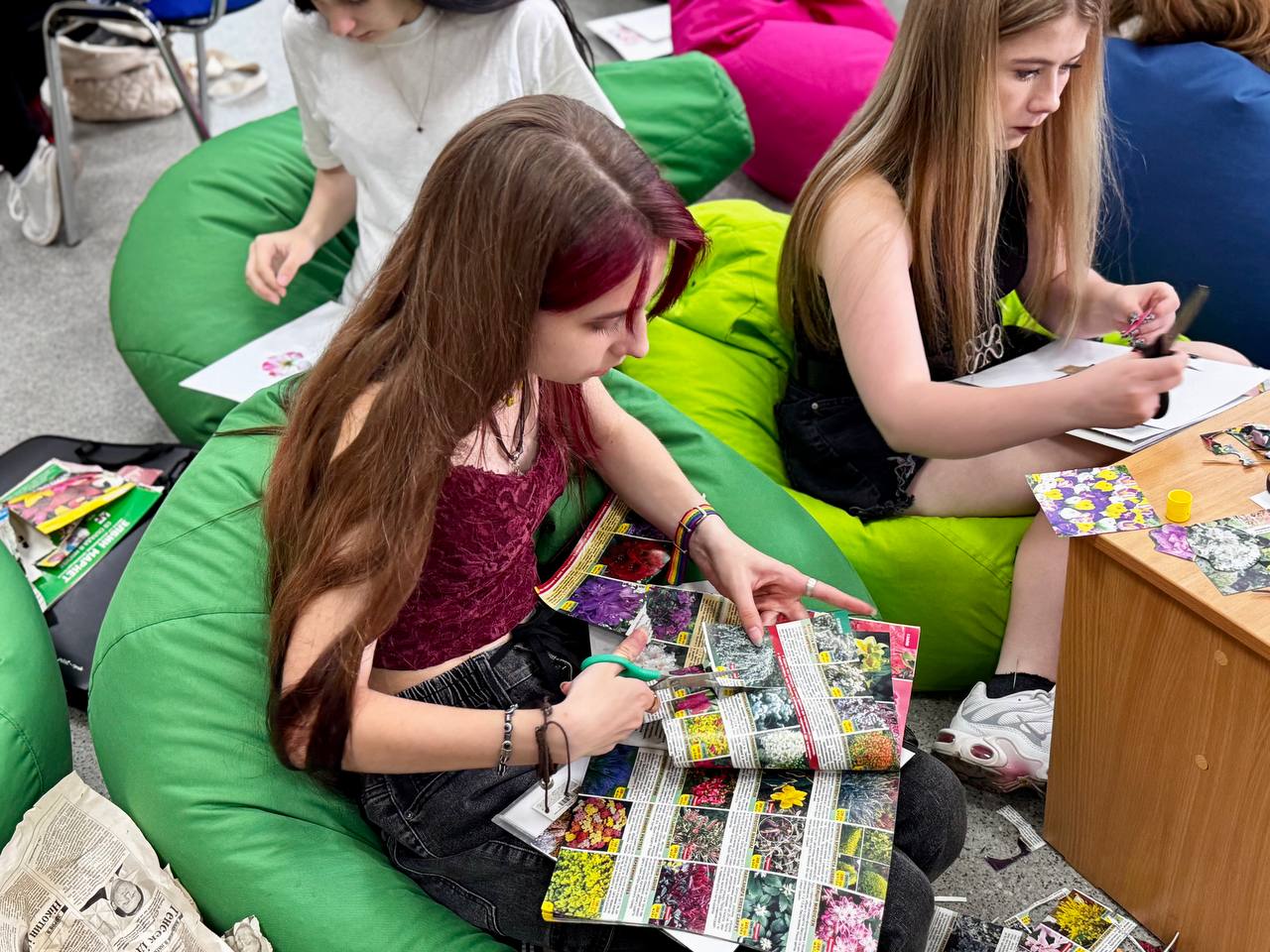
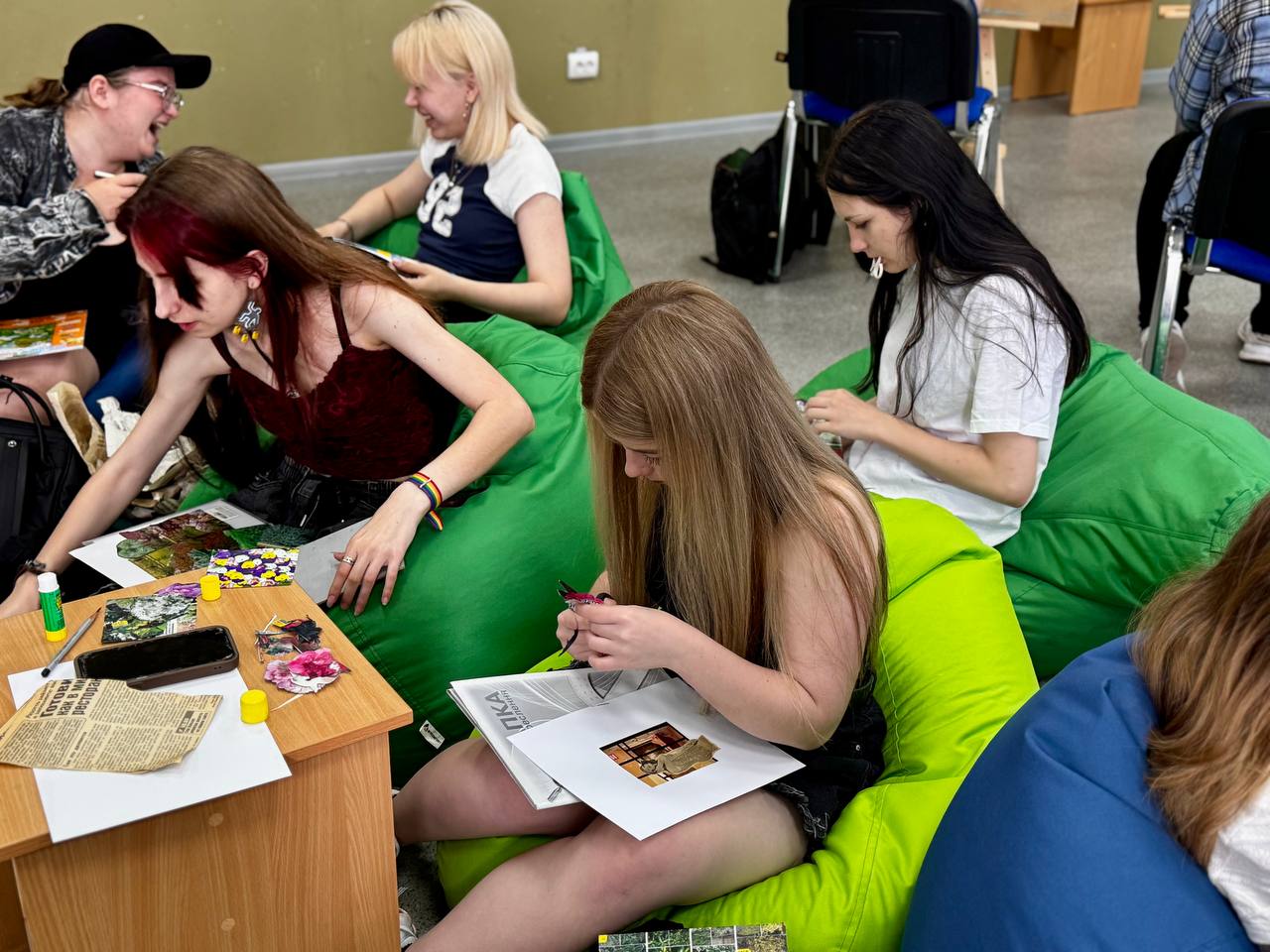
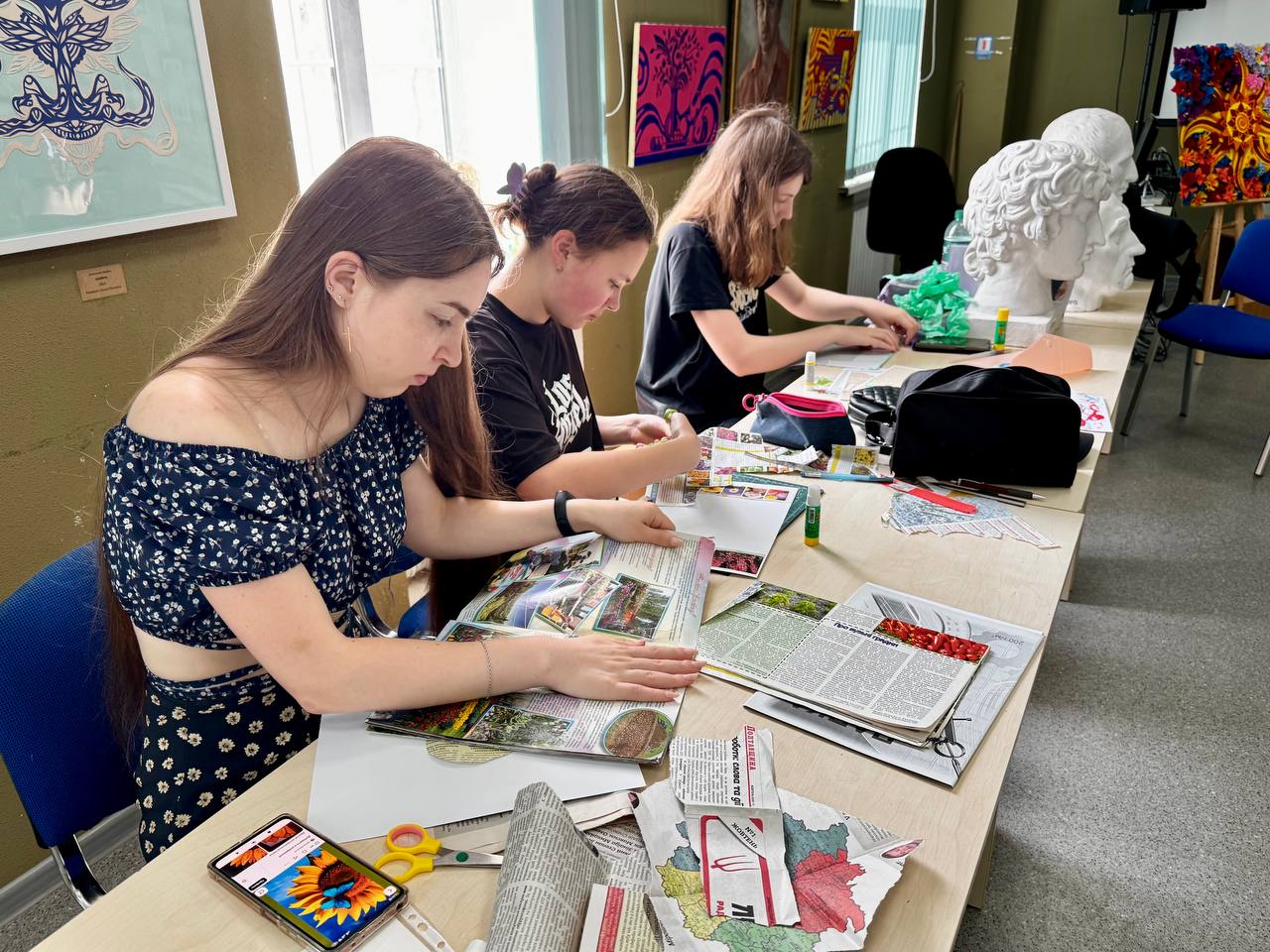
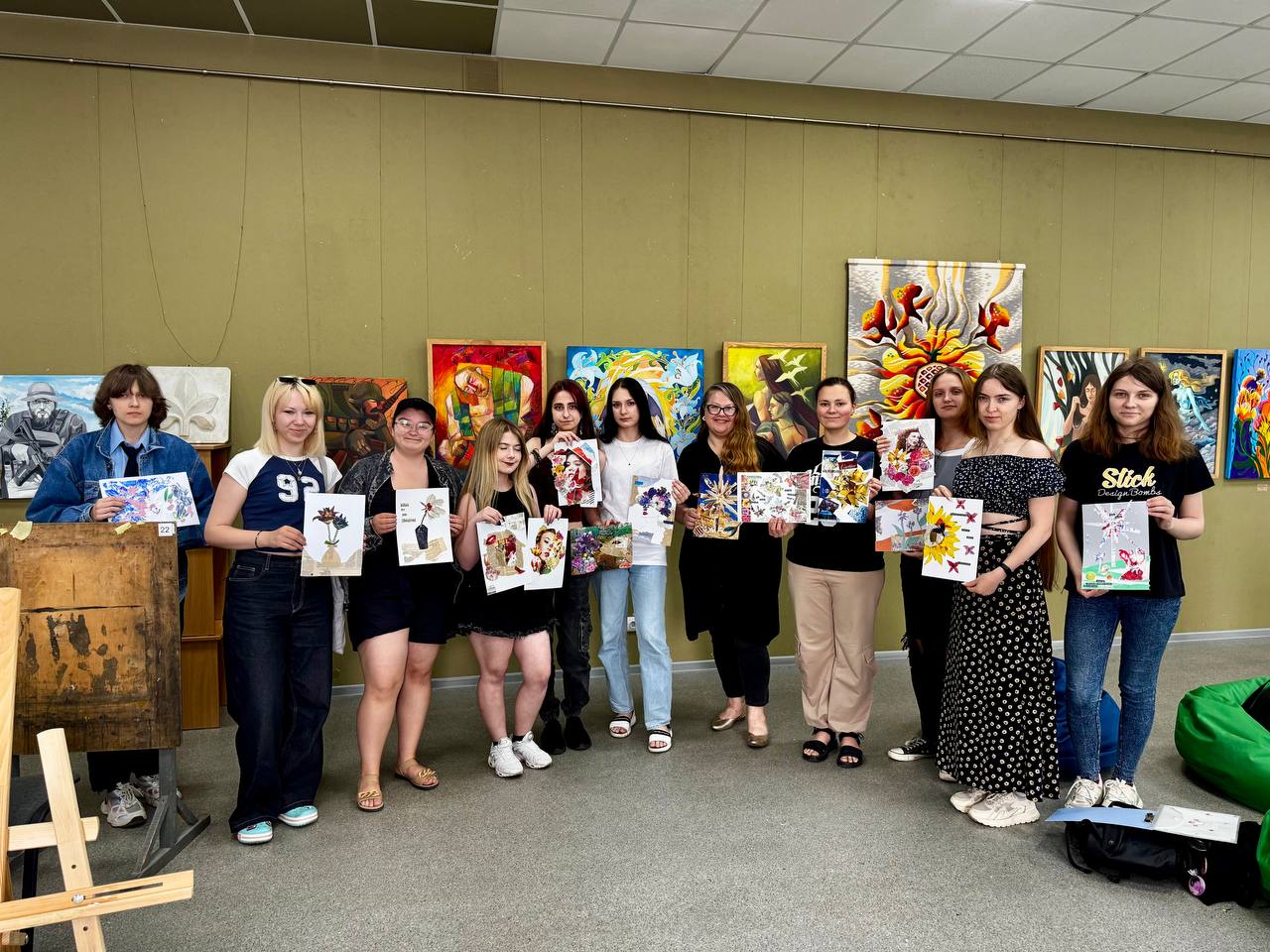
The TRUST project is ongoing and promises even more in-depth practices, new methods, and, most importantly, support, which is extremely necessary for Ukrainians today, as everyone is affected by the war's negative impact in one way or another.
The previous sessions included symbolic activities such as designing personal coats of arms to represent inner values, sources of strength and hope; associative drawing exercises; the “Relationships” activity aimed at reflecting on personal connections with loved ones, community, and country; discussions around “What does mental health mean to me?”; neurographic drawing; and immersion in body-oriented therapy where movement, dance, and physical expression become key tools for emotional release and recovery, worked with metaphorical associative cards, practiced associative reflection of thoughts on paper and explored the symbolism of the elements of nature and their direct impact on the human psyche and emotional state, plunged into music and daram therapy and took part in a unique art therapy session on neurography titled “My Tree of Life”, worked with metaphorical cards and the Nossrat Pezeshkian psychotherapeutic model, сreated drawings depicting a personal “Tree of Power”, did the art therapy exercise “My superpower”, were given tools for deeper self-understanding by transforming pain into art, and art into a path to healing; helped children recognise and understand their emotions, learn self-soothing techniques, and restore their emotional resilience, helped adult IDPs gain a deep understanding of their emotions, release internal tension, and harmonise their psycho-emotional state.
Media Centre of
National University “Yuri Kondratyuk Poltava Polytechnic”



